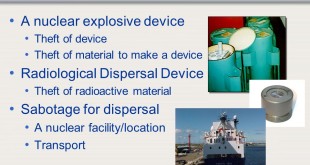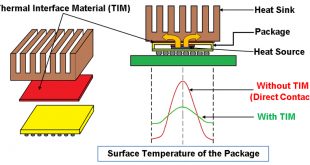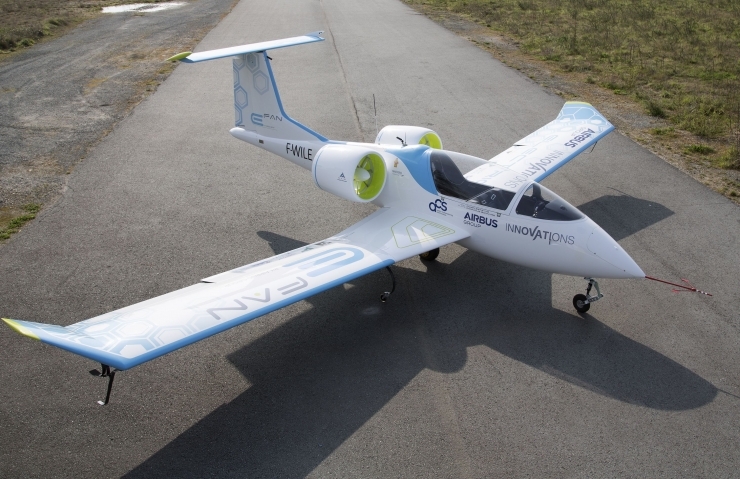The International Energy Agency’s has found that the accelerating demand for electricity – due to a growing global population and rising levels of affluence – is on course to outpace the growth of renewable energy and increase reliance on fossil fuels. The International Maritime Organization has adopted mandatory measures …
Read More »Nuclear Security Threat due to emerging technologies like cyber-warfare, artificial intelligence, precision targeting, drones and hypersonic delivery systems
The potential use of nuclear weapons poses the greatest danger to U.S. security. According to the U.S. National Security Strategy, Recently Nuclear threat is rising again due to nuclear arms race in asia, modernisation of nuclear arsenal by Major and regional powers, statement by countries like North Korea to use …
Read More »lubricants for electric vehicles and hybrids
Transport is responsible for around 23% of energy-related carbon dioxide emissions globally. This is expected to double by 2050. Motor vehicles also put a burden on society, especially in urban environments where they are chiefly responsible for noise and air pollution. Electric vehicles (EVs) have been considered as critical technology for …
Read More »Laser ignition technology to enable scramjet propulsion for Hypersonic aircraft and spacecraft
Vehicles propelled by rocket engines are commonly called rockets. Rocket vehicles carry their own oxidizer, unlike most combustion engines, so rocket engines can be used in a vacuum to propel spacecraft and ballistic missiles. Compared to other types of jet engines, rocket engines are the lightest and have the highest …
Read More »Hybrid marine propulsion system technology for smart ships
Marine propulsion is the mechanism or system used to generate thrust to move a ship or boat across water. At present, 90% of the sea-going naval ship are diesel-powered. To achieve the safe upper limit for global warming of 1.5 degrees Celsius, ‘all ships designed and built today must operate in …
Read More »Millimeter wave (mmWave) power amplifiers enable mmWave Radios for 5G and Satellite Communications
Millimeter waves are electromagnetic signals with frequencies ranging from 30 to 300 GHz that correspond to wavelengths of 10 to 1 mm in the free space. Electromagnetic waves in the millimeter-wave band (with frequencies between 30 and 300 GHz, or wavelengths between 10 and 1.0 mm) have attractive characteristics. One of …
Read More »New thermal Management technologies for Mission-Critical Military Ground, Sea, Air and Space systems
The performance of electronics degrades as temperature increases from the ambient temperature. The temperature of a device increases when the device is on since no system operates at 100% efficiency. Output power is not equal to the power fed to the device, and the difference between this is power loss. …
Read More »Electronic thermal management materials (ETMM) ensure performance and reliability for Mission-Critical Military Ground, Sea, Air and Space systems
The past few decades have seen an escalation of power densities in electronic devices, and in particular in microprocessor chips. Together with the continuing trend of reduction in device dimensions this has led to dramatic increase in the thermal issues within electronic circuits. The electrons, in their passage through the …
Read More »Fluidic Propulsive System most silent propulsion for future Drones & Aircraft
In traditional aircraft design, airframes and engines are designed separately and bolted together. This leads to inefficiencies due to additional drag. The approach also leads to propulsive inefficiencies via non-distributed propulsion. Hovering and VTOL requirements introduce even more complexity, size and weight to the system. Jetoptera’s design is a …
Read More »More Electric aircraft (MEA) and All Electric Aircraft to reduce carbon emissions, enhance energy efficiency and enable stealthy missions
The civil global aviation market has experienced considerable economic growth in recent years and will keep increasing. It is estimated that around 1300 new international airports will be required, and the commercial aircraft fleet will double by 2050, with a projected passenger throughput of 7.2 billion in 2035. This growth …
Read More » International Defense Security & Technology Your trusted Source for News, Research and Analysis
International Defense Security & Technology Your trusted Source for News, Research and Analysis






